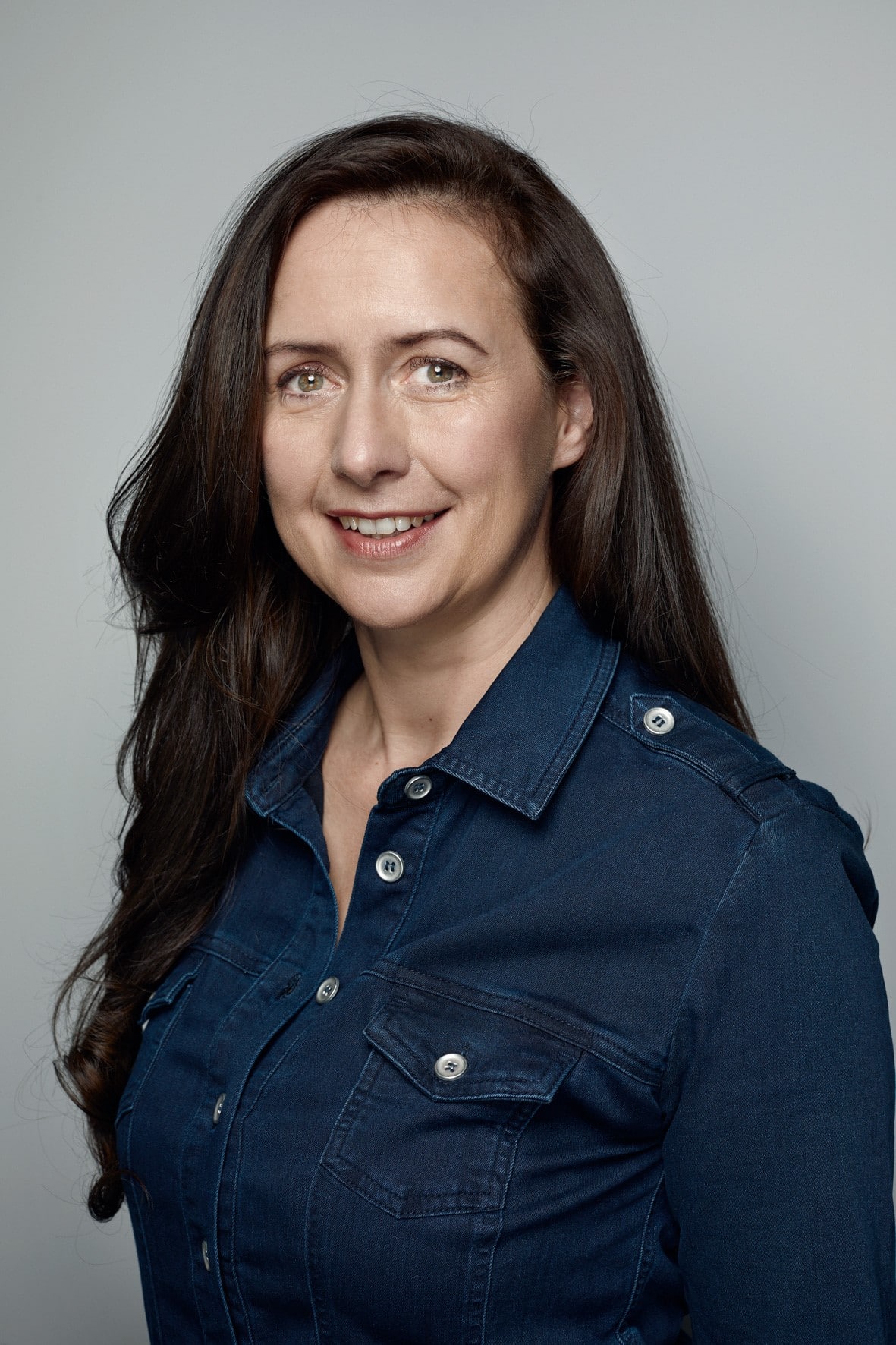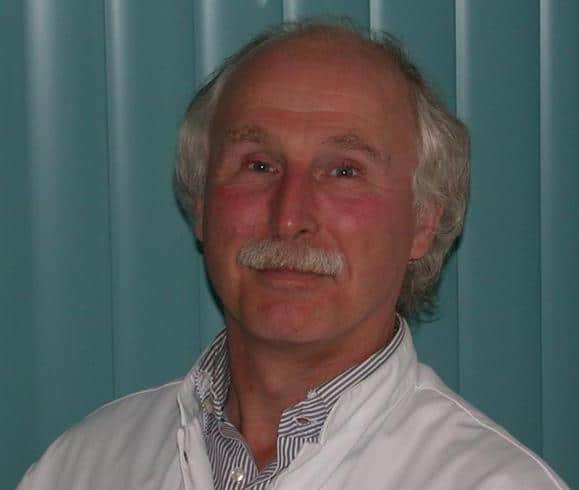The impact of business events has, for decades, been measured in terms of coffee cups and hotel rooms – essentially what delegates spend financially – but measuring them in this way overlooks the significant value they bring for organizers, participants and the communities that host them.
Economic evidence is concrete, and therefore easy to quantify, but it’s those things that are much harder to measure – like sharing of knowledge and building of relationships – that deliver the longer-lasting value and drive real progress.
As a destination that frequently ranks in the top ten countries for international association meetings, the Netherlands provides us with great insight into how these social, scientific and educational legacies are formed. Here we look at two examples of recent events:
QualityofLife4OI Conference, RAI Amsterdam, Amsterdam
“Because healthcare systems are very locally oriented, conferences are playing a very vital role in facilitating knowledge exchange,” says Dr Dagmar Mekking, foundation director of Care4BrittleBones, based in The Hague.
Dr. Mekking founded Care4BrittleBones in 2012. She didn’t know of the existence of Osteogenesis Imperfecta (OI) until her third child, Sophie, was born with it in 2006. This was the reason for her to delve with her heart and soul into the possibilities to improve the quality of life of people with OI. “Sometimes you have to deal with a change in your life, that touches your life deeply. For us, that was the arrival of a child with OI,” she says.
“It took a while to understand what it means to have a child with OI. By now we have found our way. We have a strong network in the medical world and the international OI world and we know there is so much to improve. Progress in the medical world is huge. Through fundraising we can make these techniques accessible for the rare disease of OI. I am keen to do anything I personally can to improve the quality of life of people with OI.”
As part of this mission to improve quality of life, Dr. Mekking was responsible for coordinating the inaugural QualityofLife4OI Conference at RAI Amsterdam last November. It brought together 330 people from 32 different countries around the world to discuss clinical practice and research into OI over the course of four days.
“What was different and special in our case was that about a third of these people were actually patients themselves,” explains Dr. Mekking. “People were very concerned at first whether this was a good idea – you use different language when there are patients in the room. But because there were patients in the room the attention really went to topics that matter.”
Dr. Mekking gives the example that one of the most researched topics on OI being how tall a patient can grow, yet to people with OI this is completely unimportant. “OI is characterized by an atrocious number of fractures and a lot of pain. People can have up to 200 fractures or even more in a lifetime – their body is as fragile as glass,” she says.
By focusing the research that’s important to patients, Dr. Mekking believes the conference had a much bigger impact on scientific progress both nationally and internationally than it would have otherwise. But that wasn’t the only positive result to come from the event – it also marked the culmination of a long consultation process into the issue of big data, and specifically what information healthcare providers across the globe should be collecting. It was something Dr. Mekking had been working on for the past eight years. “We’d always dreamt it would happen, and it really all came together due to the conference,” she says.
In order to have patients present at the conference, Dr. Mekking needed to work hand in glove with RAI Amsterdam to make sure the venue would meet their needs. She recalls: “We had 50 people with wheelchairs to accommodate – that’s not something every congress centre can immediately handle.”
She continues: “Initially they thought they could only accommodate six wheelchairs. Then they really stepped up and adapted the whole conference centre in a creative way to be fit for all the patients. They were so professional and went out of their way to make sure everything was catered for and therefore the event was flawless.” Now, other conferences visiting the venue will benefit from the venue’s improved accessibility.
“This is great news in particular because the European Medicines Association, responsible for admitting pharmaceutical drugs to the market has just opened its main office next door to RAI Amsterdam. This will make Amsterdam a great place for conferences related to healthcare and researchers,” adds Dr. Mekking.
Dr. Mekking says this “admirable willingness” to accommodate was felt across all parts of the city. As part of the conference’s social program, delegates were taken on a tour of Amsterdam’s canal system. Five specially-adapted busses were put on to transport wheelchair users to and from their accommodation. “I’m sure we’ll come back and have another conference there because of the very positive experience,” she says.

Dr Dagmar Mekking 
Prof Nicolaas C. Schaper
International Symposium on the Diabetic Foot (ISDF2019), World Forum, The Hague
Often referred to as the Cinderella of diabetic conditions – because it’s so widely disliked among medical professionals – lower leg complications due to diabetes can be a painful and debilitating disorder resulting in ulcers, problems walking and, in more serious cases, the need for amputation.
Treatment is very complex and involves multiple disciplines working together and often numerous medical interventions, making it an extremely costly complication with a high burden for the patient and the healthcare system. In terms of costs, it has been calculated that diabetic foot ulceration and other lower extremity diabetic related diseases rank in the top ten global burden of diseases.
The International Symposium on the Diabetic Foot (ISDF) was established in 1991 as a way of bringing together healthcare workers and scientists from different disciplines and stimulating them into sharing their individual areas of expertise to create a common knowledge base which everybody could refer to. It has been held every four years since, the most recent event taking place at World Forum The Hague in May last year.
Professor Nicolaas C. Schaper, chair of ISDF2019, believes the 2019 event – the symposium’s eighth installment – marked a turning point in attitudes towards the disease: “Back in 1991 diabetic foot was seen as a not very interesting or high-brow topic – there wasn’t much money or scientific accolades to gain from it.”
“Now we have a meeting that is growing and becoming more important,” he says. “It has become a platform for people to present the newest scientific developments to an audience that is responsive and enthusiastic. A place where brothers in arms can come together to take on this battle to tackle this very complex problem – where they can fine-tune their collaboration in order to achieve optimal success and come to work as an effective team.”
You only have to look to the delegate data for proof the symposium has gained serious momentum. In 1991 a total of 200 delegates attended the three and a half day programme, whereas last year, there were more than 1,500 from 100 different countries who came to The Hague.
As has become a tradition, the international guidelines for the treatment of diabetic foot are presented at symposium as part of the program. Profits from the event go towards funding the guideline production process. The Netherlands has also become one of the first countries to produce its own set of local guidelines.
“These international guidelines have now become one of the major standards that people can refer to when treating patients with these foot problems,” says Professor Schaper, who has received several international and national prizes for his scientific activities in the field of diabetic foot ulcers and diabetes education. “They have been translated into more than 26 languages, spreading all over the world and having a major impact on healthcare.”
Professor Schaper has spent several decades closely involved in the diabetic foot. His research is focused on diabetic complications, in particular amputation prevention, management of foot ulcers, pathogenesis of foot lesions, peripheral arterial disease, neuropathy and the negative effects of sedentary behavior. He is also the founder and coordinator of the European diabetic foot research consortium Eurodiale.
He says he is very pleased with what the quadrennial meeting has achieved so far and is hopeful for what the future will bring: “As our knowledge on how to prevent and treat these diabetic complications is growing, we have already started with organizing the 2023 symposium and revised guidelines.”
The meeting may have been held in The Hague, but its impact was far more widespread. “I’m rather proud to say, not just because of the symposium, but because of a whole bunch of activities of which this symposium was one, that the diabetic foot is now clearly recognized among the various healthcare organizations within the Netherlands and actually all over the world,” concludes Professor Schaper.


